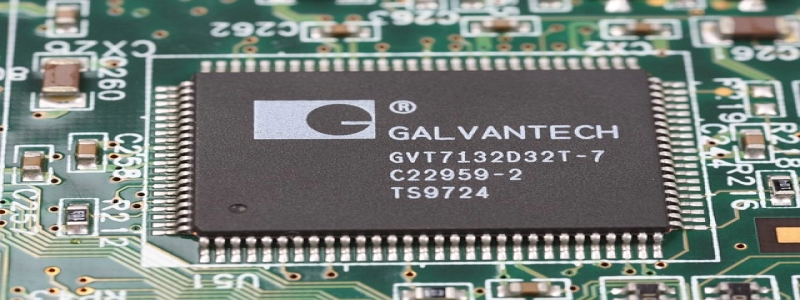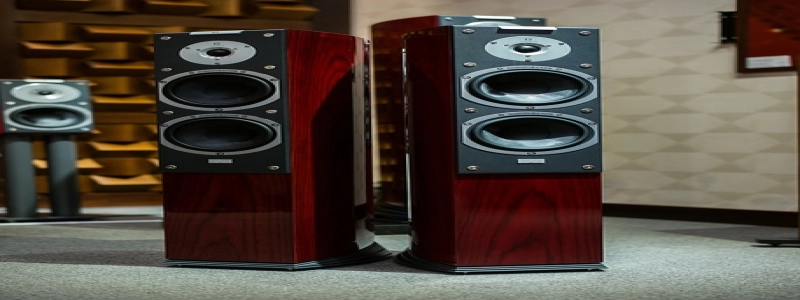QSFP vs SFP: Understanding the Differences
Introduction
In today’s rapidly advancing technology landscape, networking components play a crucial role in ensuring fast and reliable data transfer. Two commonly used transceiver modules are QSFP (Quad Small Form-factor Pluggable) and SFP (Small Form-factor Pluggable). While both these modules serve similar purposes, they have distinct differences in terms of their capabilities and applications. This article will explore the differences between QSFP and SFP modules in detail.
1. What is QSFP?
1.1 Definition and Design
1.2 Data Transfer Capacity
1.3 Applications
2. What is SFP?
2.1 Definition and Design
2.2 Data Transfer Capacity
2.3 Applications
3. Key Differences between QSFP and SFP
3.1 Form-factor
3.2 Data Transfer Speed
3.3 Applications
3.4 Power Consumption
4. Choosing the Right Module for Your Needs
4.1 Factors to Consider
4.2 Compatibility
5. Conclusion
1. What is QSFP?
1.1 Definition and Design
QSFP is a high-density optical transceiver module primarily used for 40 Gbps and 100 Gbps data transfers. It consists of four channels, each capable of transmitting data at a rate of 10 Gbps or 25 Gbps. The module’s compact design enables it to fit into various networking equipment, including switches, routers, and servers.
1.2 Data Transfer Capacity
As mentioned earlier, QSFP modules support data transfers of 40 Gbps and 100 Gbps. This makes them ideal for high-bandwidth applications such as data centers, cloud computing, and storage area networks (SANs).
1.3 Applications
QSFP modules are commonly used in networking environments that require high-speed data transfers, such as connecting switches within a data center or connecting switches to high-end servers. They are also used in high-performance computing, telecommunication networks, and video distribution systems.
2. What is SFP?
2.1 Definition and Design
SFP is a smaller optical transceiver module primarily used for data transfers up to 10 Gbps. It consists of a single channel for transmitting and receiving data. SFP modules are designed to be hot-swappable, meaning they can be easily plugged in and removed without powering down the networking equipment.
2.2 Data Transfer Capacity
SFP modules support data transfers of up to 10 Gbps, making them suitable for applications with relatively lower bandwidth requirements.
2.3 Applications
SFP modules are widely used in various networking applications, including switches, routers, storage devices, and media converters. They are commonly found in enterprise networks, telecommunications, and data centers.
3. Key Differences between QSFP and SFP
3.1 Form-factor
The main difference between QSFP and SFP modules is their physical size. QSFP modules are larger than SFP modules, with 4 channels compared to SFP’s single channel. QSFP modules require more space and are typically used in environments where higher data transfer speeds are required.
3.2 Data Transfer Speed
QSFP modules support higher data transfer speeds, with options for 40 Gbps and 100 Gbps. On the other hand, SFP modules are limited to 10 Gbps.
3.3 Applications
Due to their higher data transfer capacities, QSFP modules are suitable for applications that require fast and large-scale data transfers, such as data centers and high-performance computing. SFP modules, while slower, are still widely used in various networking applications where lower data transfer speeds are acceptable.
3.4 Power Consumption
QSFP modules generally require more power than SFP modules due to their higher data transfer capacities. This is an important factor to consider, especially in scenarios where power efficiency is crucial.
4. Choosing the Right Module for Your Needs
4.1 Factors to Consider
When choosing between QSFP and SFP modules, consider the required data transfer speed, available physical space, compatibility with existing equipment, and power consumption constraints.
4.2 Compatibility
It is important to ensure compatibility between the module and the networking equipment in use. QSFP modules cannot be plugged into SFP ports, and vice versa.
5. Conclusion
In summary, both QSFP and SFP modules are widely used in the networking industry, but for different purposes. QSFP modules offer higher data transfer speeds and are suitable for applications that require fast and large-scale data transfers. SFP modules, on the other hand, are smaller and have lower data transfer capacities but are widely used in various networking applications. Understanding the differences between these two modules will help network administrators choose the right one based on their specific requirements.






